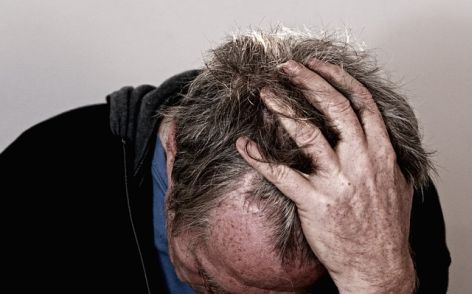Tens of millions of Americans suffer from chronic pain, costing the U.S. over half a trillion dollars in lost productivity and medical expenses every year, according to Stanford University. Unfortunately, the medicines physicians prescribe to treat intolerable pain symptoms are often opiate-based and addictive, and many individuals become physically dependent on them to simply feel normal. In fact, painkiller abuse has grown so quickly that the Centers for Disease Control and Prevention, the National Institute on Drug Abuse and other respected organizations call prescription opiate addiction the worst drug epidemic the nation has ever seen. Transforming the Culture, Transforming the Care To put the seriousness of the problem into perspective, consider that more Americans suffer from chronic pain than heart disease, cancer and diabetes combined. Yet according to Stanford, only a fraction of the National Institutes of Health budget is spent studying chronic pain. Physicians who treat patients with pain issues often turn to highly addictive opiates as the go-to treatment solution, without addressing the source of the pain itself. Some physicians even wind up addicted to the drugs they prescribe. As the number of people who visit the emergency room for opiate painkiller overdose rises every year, so does the need to find an alternate solution for acute and chronic pain management. The rise in the number of patients and physicians who have become addicted to drugs, as well as more than 100 million people who are currently suffering from acute or chronic pain in the U.S., has led to a number of professionals calling for reform. Gaining a better understanding of the sources of pain, as well as limiting the number of prescriptions issued for addictive drugs and physicians submitting to regular drug tests, are part of the suggested reforms; creating a “nationally coordinated approach” to pain management therapy is another essential short term goal, according to Stanford researchers. A Challenge to Treat Treating chronic and acute pain — despite how frequently patients report these symptoms to their physicians — is rarely taught, perhaps because of the effectiveness of opiate painkillers for the vast majority or people who take them. Making matters worse is that people who develop a physical dependence on opiate painkillers suffer pain as a consequence of withdrawing from the medicine that is supposed to help. Perhaps most frightening of all, as prescription painkillers become more difficult to obtain legally, patients who have developed an addiction sometimes turn to heroin as a way to soothe the symptoms of withdrawal. In the meantime, the hope is that those who treat chronic and acute pain will be able to manage the symptoms of those most in need, while also determining the cause of those symptoms and carefully monitoring for signs of addiction at the same time. (Photo via)

